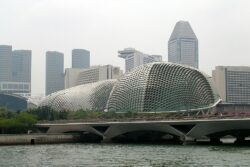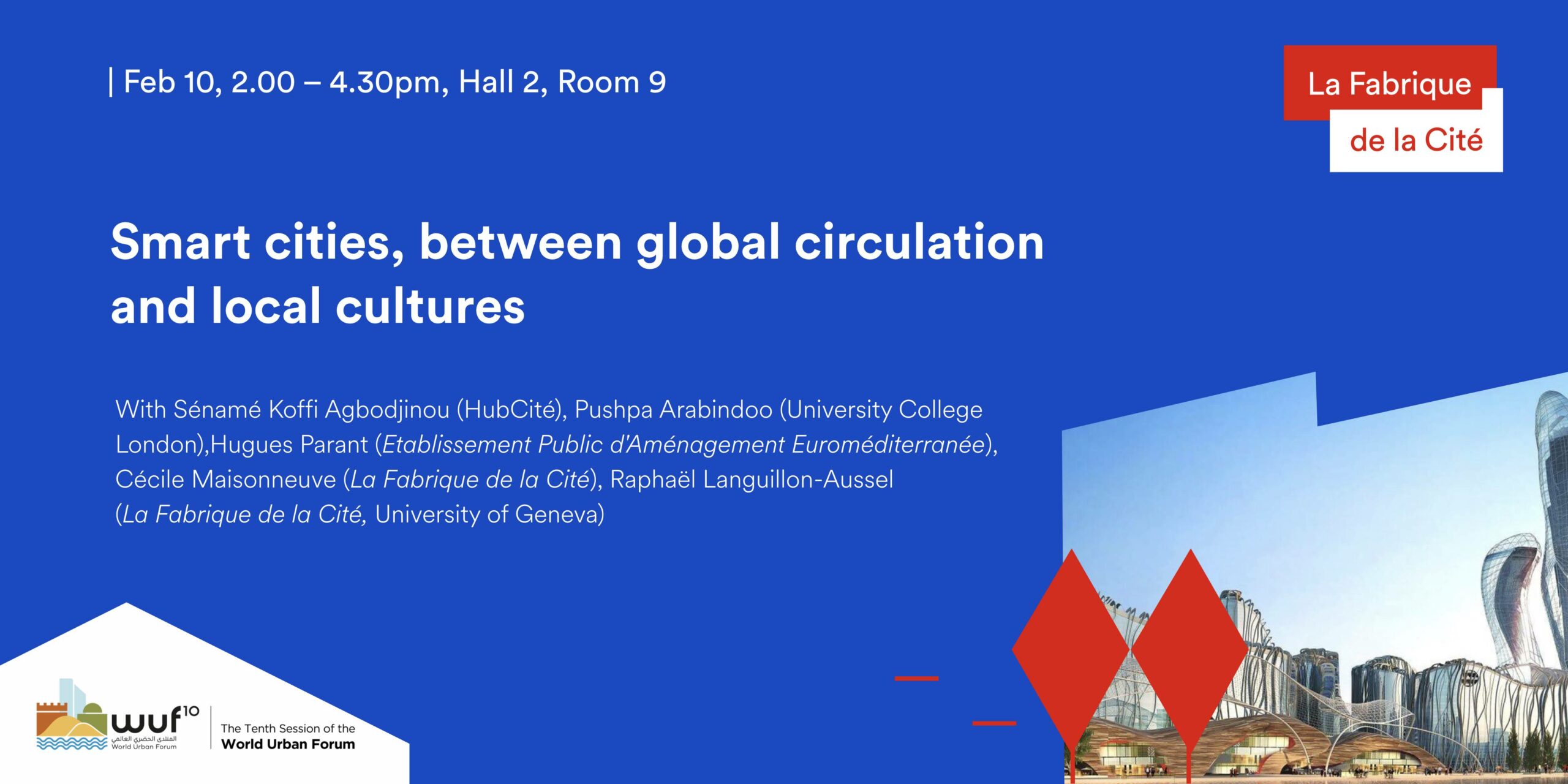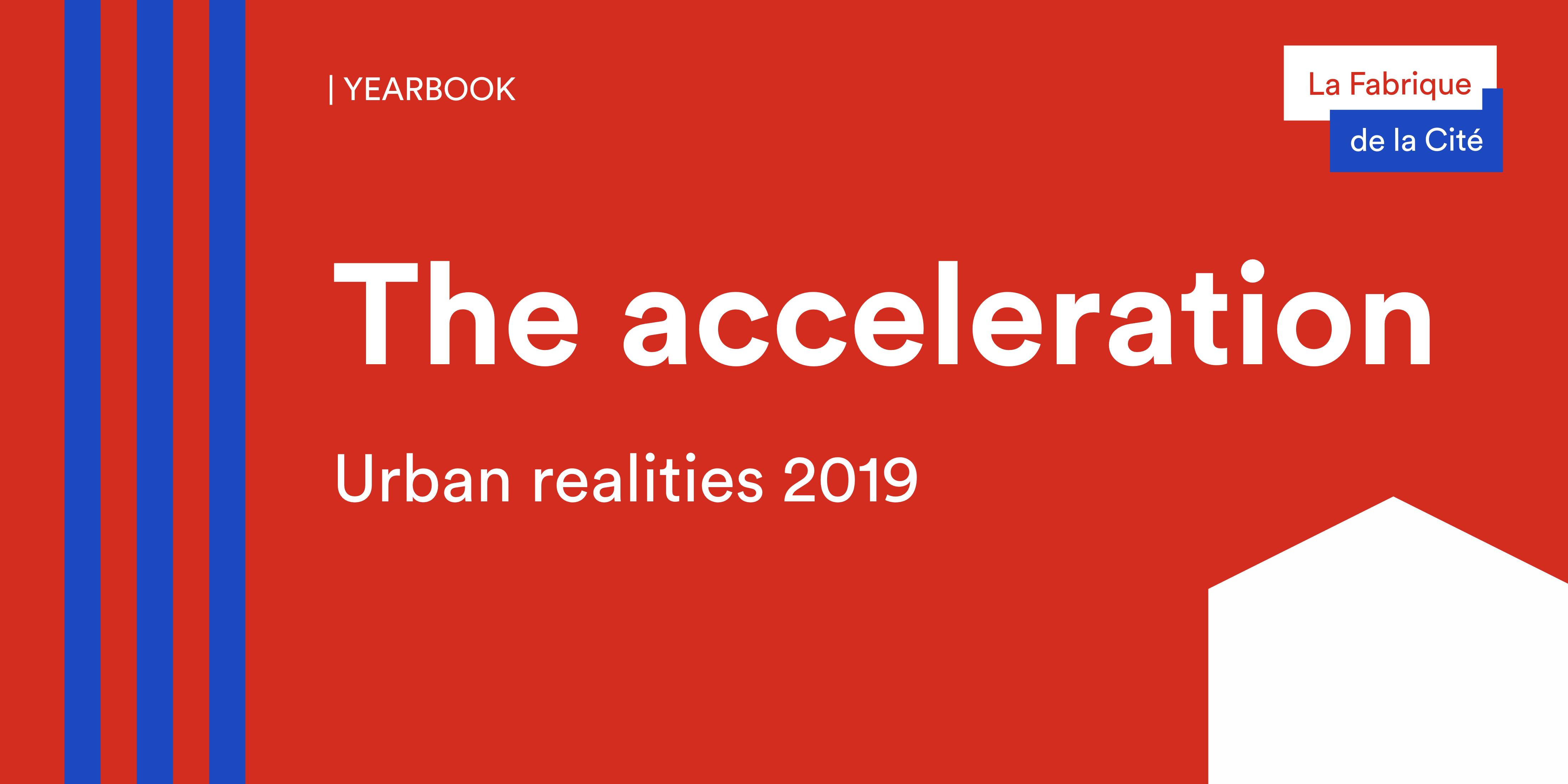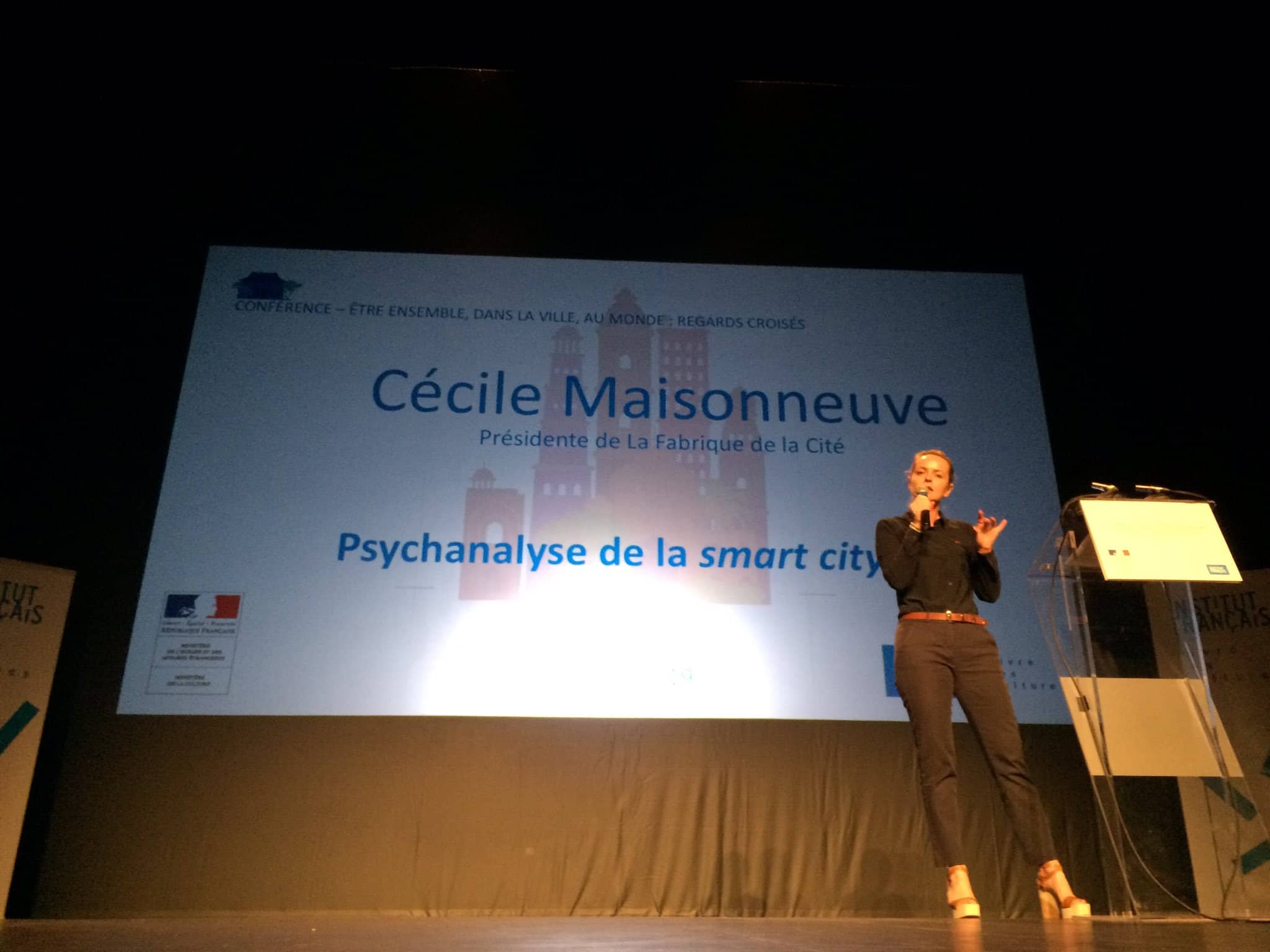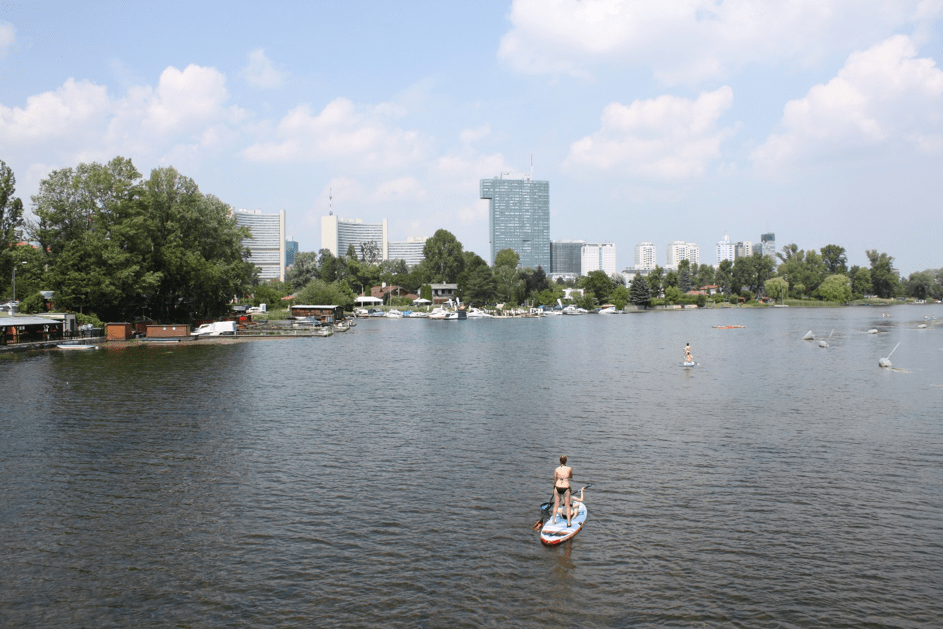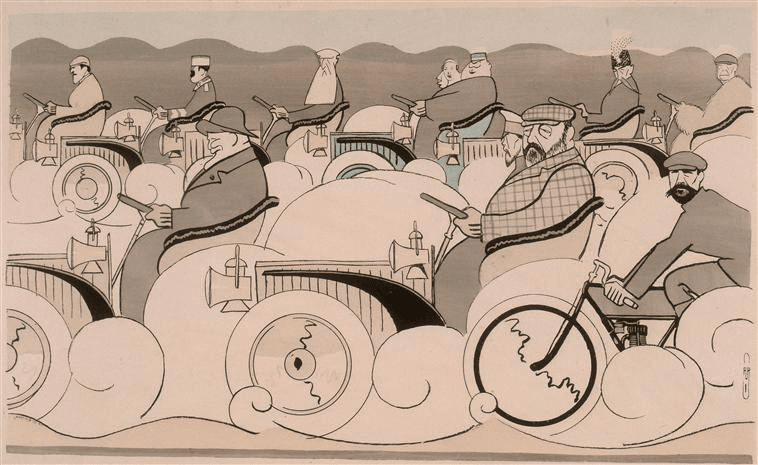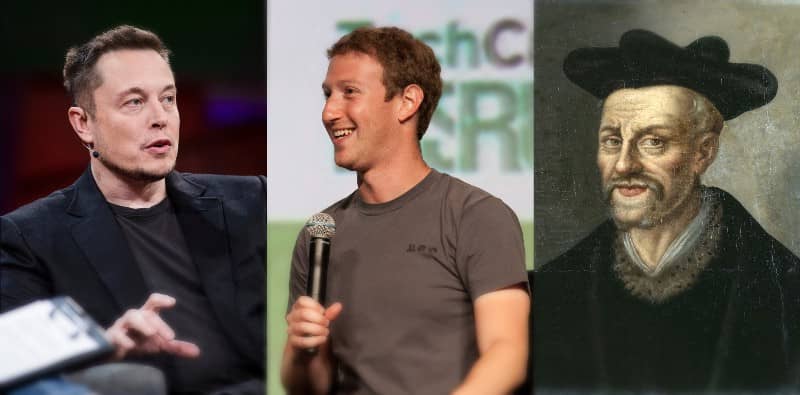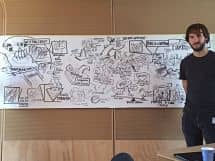

The cyborg city, an all-encompassing urbanity?
The cyborg, a hybrid electronic creature of flesh and machine, is the ultimate product of science fiction. It is resolutely urban and embodies both the liberation of mankind from its physical conditions and its aggressive struggle against all political and social domination: the cyborg is thus an emancipatory figure.
With recent smart city initiatives, the figure of the cyborg has become a tangible reality. It has also changed in size and nature, from the human body to the urban territory and the social entity. Through this scalar leap, the cyborg city therefore questions all scales of urban life. From the individual augmented by transhumanism and digital technology to the home automation of built environments, from automobility to the algorithmic governmentality of infrastructures, cyborg has become a hybrid of beings, territories, and technologies.
La Fabrique de la Cité invited Antoine Picon, Sylvie Allouche, and Jean Daniélou to discuss the cyborg as a possible new condition for the city. As an absolute urbanity, the cyborg city raises socio-technical and political issues that must lead us to pay particular attention to its authoritarian and even totalitarian propensities.

The cyborg, a heroization of the technological individual
For Antoine Picon, a Professor at the École des Ponts and Harvard University, the notion of cyborg is not new. Explored in the 19th century by Edgar Allan Poe and his character entirely made of prostheses in The Man That Was Used Up, the cyborg has become a fictional figure that is turning more real everyday as biomechanics progresses.
Antoine Picon imagined the concept of a connected city while watching the character of Terminator move with astounding agility in the urban jungle. The cyborg appears as the ideal citizen of this new kind of city. On this basis, Antoine Picon developed the idea of an urban community enhanced by cybernetics and then digital technology. The cyborg also allows us to reflect on the duality between technology-induced solitude and the solidarity that comes from the need to be repaired, a solidarity that is not limited to humans but also concerns animals and nature.
Despite its extensive powers, the cyborg has its limitations. The figure disallows the thought of a collective arrangement between the human and the non-human. For example, the work carried out by the joint action of humans and algorithms with Wikipedia is more an aggregate of actions than the expression of a symbiotic action. The cyborg still remains a heroization of the 20th century technological individual, which requires us to imagine new human/machine symbioses.
The cyborg, a dual figure
“The cyborg has two faces“, explains Sylvie Allouche, a professor at the Catholic University of Lyon. While we know the first, conveyed by science fiction, the second is older and closer to technical concerns. It was first introduced by Clynes and Kline in the journal Astronautics, where the figure of the cyborg as an augmented man transpired in the idea that space exploration would necessitate a drug-fueled redesign of our metabolism.
It is interesting to study the transition from one vision to the other, illustrated in 1973 by the novel Cyborg, which inspired the TV series The Six Million Dollar Man and created a passage from the extraterrestrial (exploration of the solar system) to the terrestrial (the cyborg figure’s return to earth). In scientific literature, the term “cyborg” is also sometimes used in completely unexpected ways, as in the work of cyber-feminist Donna Haraway, who re-appropriates Clynes and Kline’s definition to question and promote the feminist cause in science. In this broad reflexive and oppositional movement, how can we adapt the notion of cyborg to the city in order to rethink and transform its organization and even its profound nature?
The cybernetic city, a mobilizing utopia
“The cyborg is above all a filter for analyzing contemporary urban living conditions“, says Jean Daniélou, a sociology researcher for Engie. In a life entirely supported by technology, the cyborg becomes, beyond a fantasy figure, a tool for heuristic explanation of urban living conditions.
The cyborg also questions the notion of cybernetics, defined as the ability of an organism to react to its environment, according to the feedback principle. If the organism can be understood as a group of individuals, the definition of cybernetics also applies to the functioning of the city. This is particularly accurate when approaching the notion of resilience, which integrates these notions of responsiveness and adaptability to climate challenges. By mobilizing these principles, the cybernetic city becomes a mobilizing utopia.


The cyborg city, an all-encompassing urbanity?
These other publications may also be of interest to you:

Behind the words: urban congestion

Toronto: How far can the city go?

The political and technological challenges of future mobilities

Viktor Mayer-Schönberger: what role does big data play in cities?
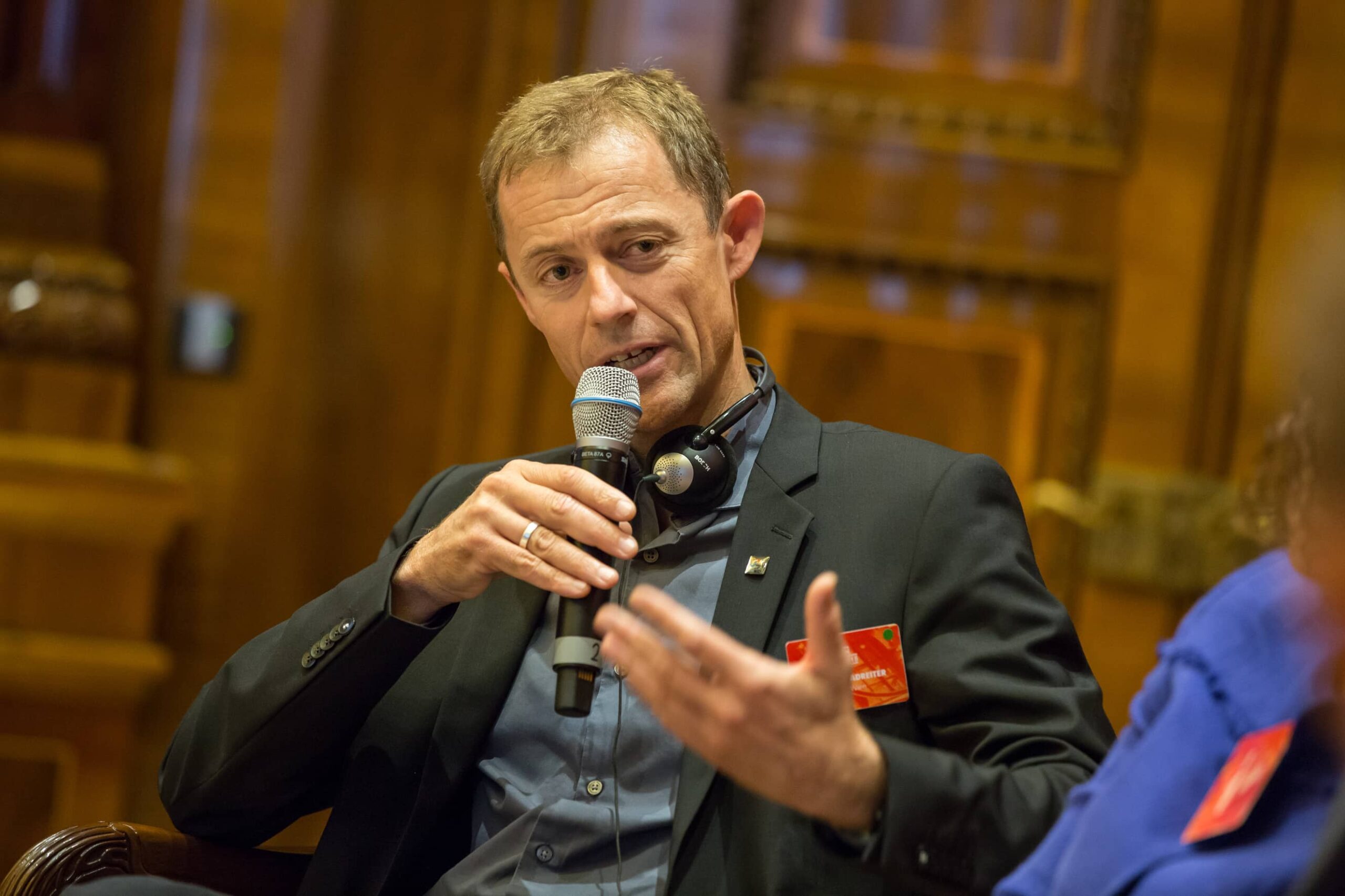
Thomas Madreiter: Vienna and the smart city

“Once Upon a Time”…

Boston Focus

Data for urban citizens
La Fabrique de la Cité
La Fabrique de la Cité is a think tank dedicated to urban foresight, created by the VINCI group, its sponsor, in 2010. La Fabrique de la Cité acts as a forum where urban stakeholders, whether French or international, collaborate to bring forth new ways of building and rebuilding cities.
















